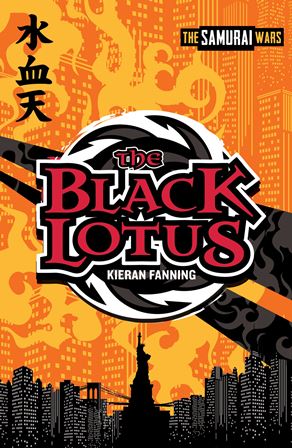We’ve all read the ‘How to Write for Boys’ and ‘Writing for Girls’ articles, but what if you don’t want to exclude half your potential readership by writing only ‘for boys’, or only ‘for girls’?

Of course, there are many books which appeal to all children like Harry Potter and Roald Dahl, but on the whole, books seem to be targeted at either boys or girls. Black cover plus monster and explosion equals boys. Pink cover with cupcakes and butterfly equals girls. But surely there are girls who like monsters, and boys who like cupcakes?
Children are notoriously fussy and impulsive readers. They know what they like and what they don’t. My daughter discards books based on a cursory glance of the cover. If there’s a girl on the cover, boys probably won’t read it. If there’s a boy on the cover, girls might read it, but they might not either.
So a cover often attracts one gender and repels the other. But I wanted to attract everyone. This is why my cover doesn’t include a boy or a girl. Nor does it include ‘boyish’ features of my story like swords, ninja or samurai, which might pigeon-hole the book. It’s purposefully abstract to exclude nobody but suitably revealing to give a flavour of the story.
Okay, so you’ve got them past the cover – next job is to keep them reading? Do boys prefer a male main character? Do girls prefer a female protagonist? Let’s keep them all happy by having both. Ah heck, let’s have three – two boys and a girl! (I think that worked somewhere before…)
Creating multiple protagonists however, generates multiple problems. How do you give each character an equal amount of story-time? How do you stop one character outshining the others? How do you make each character unique and interesting but also have things in common with the others, so that friendship between them can blossom?
In a single character narrative, you can take your time, allow your protagonist to grow on your reader over the space of an entire book. But when you have three main characters, you are not afforded this luxury. Essentially, each character’s opening narrative is your single opportunity for your reader to identify with them. And a fast way of doing that is to put them in trouble. Everyone roots for an underdog.
In one way or another, my three protagonists are victims of their totalitarian dystopia. The Samurai Empire have imprisoned Kate’s parents, killed Ghost’s brother, and put Cormac into an orphanage. For now at least, your reader will be rooting for your protagonists, but not for long if these characters aren’t interesting.
And that’s the key word – interesting. I used to think characters needed to be likeable for a reader to care about them, but if Breaking Bad taught me one thing it was that they need to be interesting, not likeable.
Each character also has to be unique and distinct so that the reader doesn’t get confused with the constant shifting point of view. Geography is a good place to start. Cormac is Irish, Kate is American and Ghost lives in Rio de Janeiro. A distinct voice for each character will also allow your reader to identify them easily. Physically, they look very different, too. I also wanted these teenagers to be brought together by being recruited to a secret society called The Black Lotus. But why would a secret society choose these three kids? They had to be special in some way…
Superpowers! You can’t get more special than that! Cormac can run up walls, Kate can talk to animals and Ghost can disappear. This diversity makes for wonderful interactions when the characters first meet.
So you’ve made them all distinct, and hopefully at least one of them will appeal to your male and female readers. But if these three characters are to become good friends, they also need to be the same in some way. Here’s what my protagonists have in common: they each have grown up hiding a secret (their superpowers), and have a reason to hate the Samurai Empire.
The more you write about your characters the more you learn about their personalities, their backstories, their fears, the way they talk and think. Like all friends they should have fun, fall out, make up, and help each other.
My book is only just published so it’s too early to tell if I’ve been successful or not. But I’ve done all I can to attract a broad audience. The rest is up to the story and the writing.
By day, Kieran Fanning is a primary school teacher who enjoys helping his pupils to write, illustrate and publish their own books. By night, he writes his own stories, and has published a series of interactive puzzle books for children, as well as school textbooks. He has an MA in Children’s Literature and lives with his wife and two children in County Meath, Ireland. THE BLACK LOTUS is his first novel. Find out more on his website and follow him on Twitter here.
Comments